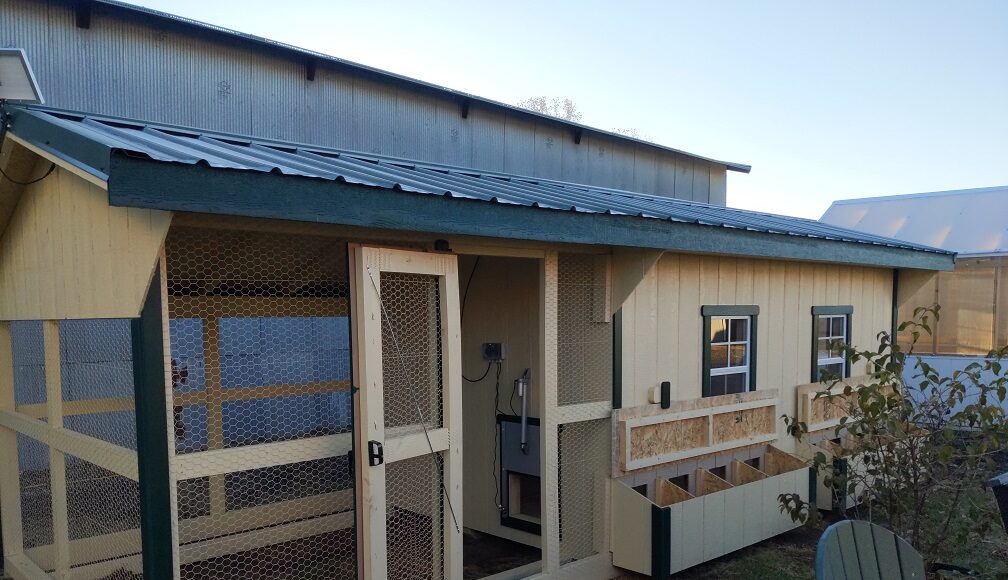Raising chickens is a rewarding and sustainable practice, but it comes with its own set of challenges. One question that often arises among chicken enthusiasts is, ‘Can you reuse nesting materials?’ This is an important consideration for anyone who wants to maintain a healthy and cost-effective chicken coop. Let’s explore the ins and outs of reusing nesting materials and how it can benefit both you and your feathery friends.

Understanding Nesting Materials
Before diving into reusability, it’s crucial to understand what nesting materials are. Commonly used materials include straw, hay, wood shavings, and shredded paper. These materials provide a comfortable and safe environment for hens to lay their eggs.
Why Use Nesting Materials?
Nesting materials offer warmth, cushioning, and a sense of security for laying hens. They help keep the eggs clean and reduce the risk of breakage. Moreover, nesting materials can absorb moisture, which is essential for maintaining hygiene in the coop.
The Benefits of Reusing Nesting Materials
Reusing nesting materials comes with several benefits. Firstly, it’s cost-effective. Constantly purchasing new materials can add up, so reusing what you already have can save money. Secondly, reusing materials is environmentally friendly. It reduces waste and promotes sustainable farming practices.
Is It Safe to Reuse Nesting Materials?
Safety is a primary concern when considering reusing nesting materials. Fortunately, with proper cleaning and maintenance, it is safe to reuse them. Ensuring that the materials are free from mold, pests, and excessive moisture is key to maintaining a healthy environment for your chickens.
How to Reuse Nesting Materials Safely
To safely reuse nesting materials, follow these steps:
1. Inspect and Clean
Before reusing, thoroughly inspect the materials for signs of mold, pests, or damage. Remove any soiled or damp sections. Cleaning can be done by letting the materials sun-dry, which naturally kills bacteria and pests.
2. Refresh the Materials
Mix in some fresh materials to maintain comfort and absorbency. This balance ensures that the nesting environment remains inviting and hygienic for the hens.
Learn more about easy nesting box setups that can accommodate reused materials.
Challenges of Reusing Nesting Materials
While reusing is beneficial, there are challenges to consider:
1. Hygiene Concerns
Maintaining cleanliness is crucial. Regularly replacing a portion of the nesting materials and keeping the coop clean helps mitigate this issue.
2. Material Breakdown
Materials like straw or hay can break down over time, losing their effectiveness. Monitoring the condition of the materials is important to ensure they continue to serve their purpose.
Alternatives to Traditional Nesting Materials
If reusing traditional materials becomes challenging, consider alternatives like sand or specialized nesting pads. These options can be more durable and easier to clean, reducing the frequency of replacements.
Why Consider Alternatives?
Alternative materials can offer better hygiene and longevity. For instance, DIY nesting boxes with removable pads can simplify cleaning and reusability.
Conclusion: Making the Right Choice
So, can you reuse nesting materials? The answer is yes, with proper care and maintenance. By understanding the types of materials, their benefits, and the challenges involved, you can make informed decisions that benefit both your chickens and your wallet.

FAQs
1. How often should I replace nesting materials?
It’s recommended to refresh nesting materials every few weeks, depending on the number of chickens and the condition of the materials.
2. Can I use recycled paper as nesting material?
Yes, shredded paper can be a good option, but ensure it’s free from ink and contaminants.
3. What are some signs that nesting materials need replacing?
Look for signs of dampness, mold, or unpleasant odors. These indicate that the materials are no longer safe for use.
For more tips on maintaining a healthy coop, visit Nest Boxes Under Roosts and Seasonal Changes in Nesting on Chicken Things and More.
This article contains affiliate links. We may earn a commission at no extra cost to you.










